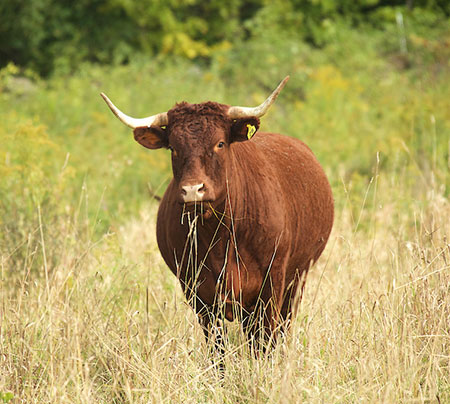You are here
Grassland Management and Conservation Science Workshop
 About forty grassland managers and scientists met at Harvard Forest on March 29, 2018. Their aim was to form a collaborative network among landowners managing for agricultural production and conservation values; and scientists working to study, evaluate and advise on these efforts. Key topics for discussion included grassland management objectives and approaches, scientific research protocols, and education and engagement.
About forty grassland managers and scientists met at Harvard Forest on March 29, 2018. Their aim was to form a collaborative network among landowners managing for agricultural production and conservation values; and scientists working to study, evaluate and advise on these efforts. Key topics for discussion included grassland management objectives and approaches, scientific research protocols, and education and engagement.
Management Practices
We discussed methods to enhance habitat for grassland species and achieve other conservation goals such as carbon sequestration and healthy watersheds, while continuing to produce agricultural products. These included reserving the center of a pastures for late grazing, haying very early, haying late, and silvopasture, along with many variations. One prominent example is the Audubon Bobolink Project.
Vegetation Monitoring
Researchers discussed finding a minimum number of plots to get basic vegetation data, plus meander surveys to look for anything unusual. Getting labor to do surveys is a real problem, as is getting good management data from the farmers (stocking density and dates of stock movement, haying, and manuring, etc).
Wildlife Monitoring
Researchers discussed methods for monitoring species such as bobolinks, bumblebees, and butterflies– including citizen science approaches such as “Beecology.” One of the leading examples of vegetation and wildlife monitoring on a working farm is the Farmscape Ecology Program in Columbia County, New York.
Soil carbon and water quality
We discussed work at the University of New Hampshire on the impact of rotational grazing and silvopasture on soil carbon, and how this might eventually be modeled as it is extremely labor-intensive to try to monitor on every farm. We also discussed simple tools for recording and sharing management data.
Next Steps
The group aims to form a network to share information, and eventually to carry out parallel studies using consistent methods.

